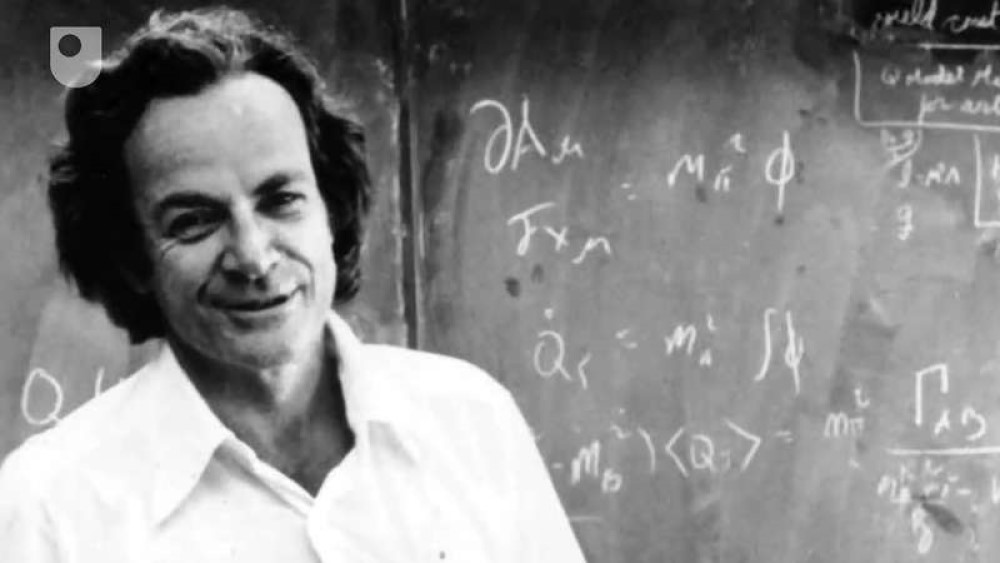
Famed for his brilliant mind and mercurial personality, theoretical physicist Richard Feynman was one of the most important scientists of the twentieth century. Born in 1918, Feynman first made a scientific name for himself as a member of the Manhattan project, where his work on nuclear bombs helped to end World War II. As a scientist, his main expertise was in quantum physics and particle physics. In particular, he is known for the Feynman diagram, a way of depicting particle processes graphically. During his lifetime, Feynman was honored with several awards and achievements for his contribution to scientific advancement, including the prestigious Albert Einstein Award, the E.O. Lawrence Award, and a shared Nobel Prize in Physics for his work on quantum electrodynamics. In addition to his efforts in theoretical physics, Feynman has also been credited with pioneering the field of quantum computing and introducing the concept of nanotechnology.
After receiving his bachelor's degree from MIT in 1939, Feynman decided to take his talents to Princeton University, which boasted one of the most vibrant scenes for theoretical physics at the time. At the height of his mathematical powers, Feynman was in his early 20s and was soon regarded as one of the smartest men on a campus that included luminaries such as Wolfgang Pauli, John Archibald Wheeler, and Albert Einstein.
As WWII continued to sweep across the globe, Feynman was recruited to work on the U.S. atomic bomb project, first at Princeton (1941-2) and then at the new secret laboratory at Los Alamos, New Mexico, where he became the youngest group leader in the theoretical division of the Manhattan Project. On top of that, Feynman took charge of the project’s primitive computing effort, using a hybrid of new calculating machines and human workers to try to process the vast amounts of numerical computation required by the project. In 1942, he managed to complete his thesis titled "The Principle of Least Action in Quantum Mechanics" (which laid the groundwork for Feynman diagrams) and graduated with a PhD in theoretical physics.
As one of the great scientific minds, Feynman's lasting influence on his alma mater is impossible to overestimate. Today, the Princeton community continues to benefit from his legacy in multiple ways, including his writing, as Feynman books like "The Feynman Lectures on Physics" are still frequently used as textbooks in Princeton classrooms. During his lifetime, Feynman also kept strong ties to the school, as evinced by his willingness to take part in the 1946 celebration of Princeton University’s Bicentennial. As part of the festivities, Feynman was invited to introduce his one-time hero, the English theoretical physicist Paul Dirac, and then lead a discussion afterward. More recently, in 2008, the Princeton Alumni Weekly (PAW) recognized Feynman as the #14 Most Influential Alumni in the school's long and distinguished history.
